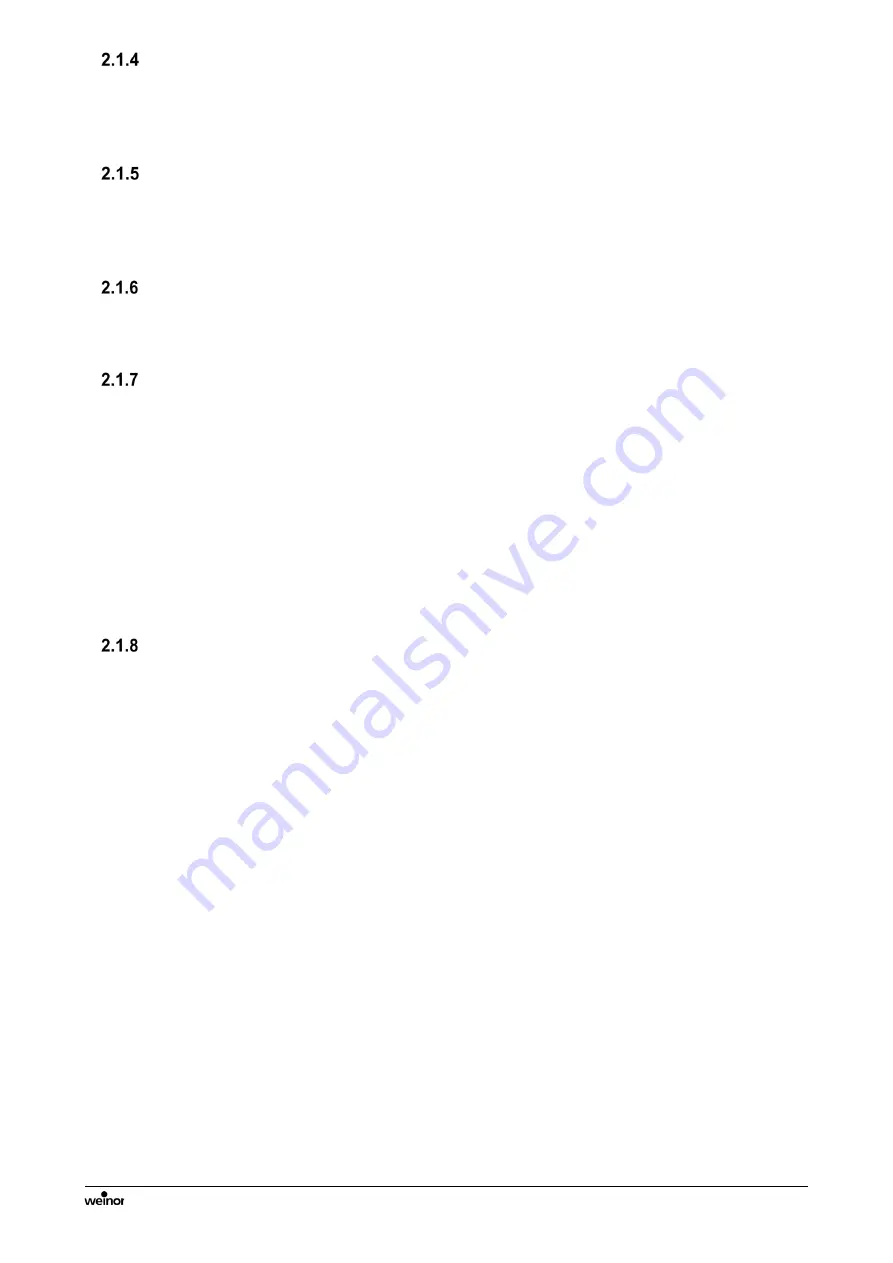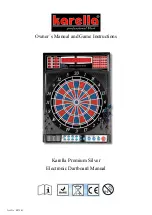
Opal Design II / LED
Maintenance Instructions and Directions for Use
Version 5
2020-07-06
We reserve the right to make technical changes
Item number
116542-0000
Page 6/13
Use in rain
If the awning is pitched at less than 25% = 14°, measured from a horizontal position, it must not
be opened during rainfalls. There is a risk of water pooling in the awning fabric which could
result in damage to the awning.
Use in ice and snow
The awning must not be opened in snowfalls or when there is a risk of frost. There is a risk that
the awning could be damaged.
The automatic controls must be switched off if there is a risk of frost.
Obstacles
The space needed for the awning to open must always be kept clear. There is risk of people
being trapped there.
Automatic controls
An open awning must never be left unattended when open. The automatic controls may fail
under extreme conditions (e.g. loss of power, defects, sudden storms). There is a risk that the
awning could be damaged or crash down.
Our recommendation: i
f you vacate the area, switch the awning from automatic to manual
control and leave the awning retracted.
If there is a risk of frost, the awning must be switched from automatic to manual control to
prevent it from opening automatically. The unit must not be used in frosty conditions or if there
is a risk of frost.
Operation during loss of power
A motorised awning cannot close if there is no power. In very windy areas where losses in
power are common, consider using a manual emergency device (not included with all models).
The manual emergency device
must be installed at a height of no more than 1.80 metres. If there is a risk of frost,
the awning must be switched from automatic to manual control to prevent it from opening
automatically.
The unit must not be used in frosty conditions or if there is a risk of frost.
In an emergency, if the awning's built-in motor fails and a gale or storm is impending, the
awning can be retracted using ropes or lashing belts as a makeshift solution. In this instance,
wrap a rope or lashing belt around the centre joints of the awning arms and then tighten until
the awning is securely closed. The folding arms must also be secured to the awning frame to
prevent them from swinging out. Roll up the overhanging cloth and tie it to the awning. The aim
here is to give the wind as little area to work with as possible.































